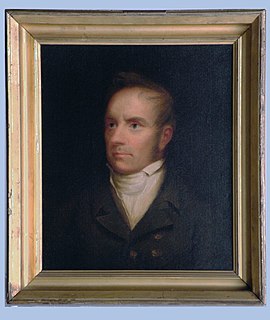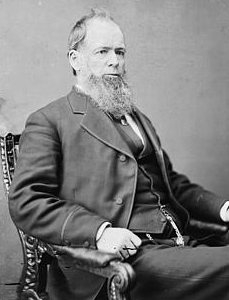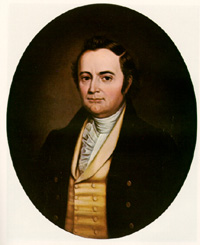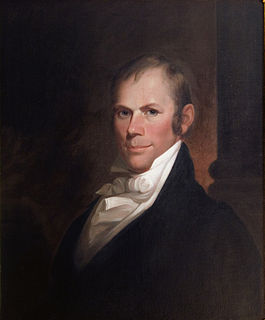| Elections in Virginia |
|---|
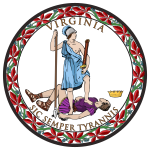 |
Virginia elected its members in April 1825, after the term began but before the new Congress convened.
| District | Incumbent | This race | |||
|---|---|---|---|---|---|
| Member | Party | First elected | Results | Candidates | |
| Virginia 1 | Thomas Newton Jr. | Adams-Clay Democratic-Republican | 1801 | Incumbent re-elected as Anti-Jacksonian. | |
| Virginia 2 | Arthur Smith | Crawford Democratic-Republican | 1821 | Incumbent retired. New member elected. Jacksonian gain. |
|
| Virginia 3 | William S. Archer | Crawford Democratic-Republican | 1820 (Special) | Incumbent re-elected as Jacksonian. |
|
| Virginia 4 | Mark Alexander | Crawford Democratic-Republican | 1819 | Incumbent re-elected as Jacksonian. |
|
| Virginia 5 | John Randolph | Crawford Democratic-Republican | 1799 1813 (Lost) 1815 1817 (Lost) 1819 | Incumbent re-elected as Jacksonian. |
|
| Virginia 6 | George Tucker | Crawford Democratic-Republican | 1819 | Incumbent retired. New member elected. Jacksonian gain. |
|
| Virginia 7 | Jabez Leftwich | Crawford Democratic-Republican | 1821 | Incumbent lost re-election. New member elected. Jacksonian gain. |
|
| Virginia 8 | Burwell Bassett | Crawford Democratic-Republican | 1805 1812 (Lost) 1815 1819 (Retired) 1821 | Incumbent re-elected as Jacksonian. |
|
| Virginia 9 | Andrew Stevenson | Crawford Democratic-Republican | 1821 | Incumbent re-elected as Jacksonian. |
|
| Virginia 10 | William C. Rives | Crawford Democratic-Republican | 1823 | Incumbent re-elected as Jacksonian. |
|
| Virginia 11 | Philip P. Barbour | Crawford Democratic-Republican | 1814 (Special) | Incumbent retired. New member elected. Anti-Jacksonian gain. |
|
| Virginia 12 | Robert S. Garnett | Crawford Democratic-Republican | 1817 | Incumbent re-elected as Jacksonian. |
|
| Virginia 13 | John Taliaferro | Crawford Democratic-Republican | 1824 (Special) | Incumbent re-elected as Anti-Jacksonian. |
|
| Virginia 14 | Charles F. Mercer | Crawford Democratic-Republican | 1817 | Incumbent re-elected as Anti-Jacksonian. |
|
| Virginia 15 | John S. Barbour | Crawford Democratic-Republican | 1823 | Incumbent re-elected as Jacksonian. |
|
| Virginia 16 | James Stephenson | Federalist | 1821 | Incumbent retired. New member elected. Anti-Jacksonian gain. |
|
| Virginia 17 | Jared Williams | Crawford Democratic-Republican | 1819 | Incumbent retired. New member elected. Anti-Jacksonian gain. |
|
| Virginia 18 | Joseph Johnson | Jackson Democratic-Republican | 1823 | Incumbent re-elected as Jacksonian. |
|
| Virginia 19 | William McCoy | Crawford Democratic-Republican | 1811 | Incumbent re-elected as Jacksonian. |
|
| Virginia 20 | John Floyd | Crawford Democratic-Republican | 1817 | Incumbent re-elected as Jacksonian. |
|
| Virginia 21 | William Smith | Crawford Democratic-Republican | 1821 | Incumbent re-elected as Jacksonian. |
|
| Virginia 22 | Alexander Smyth | Crawford Democratic-Republican | 1817 | Incumbent retired. New member elected. Anti-Jacksonian gain. |
|


